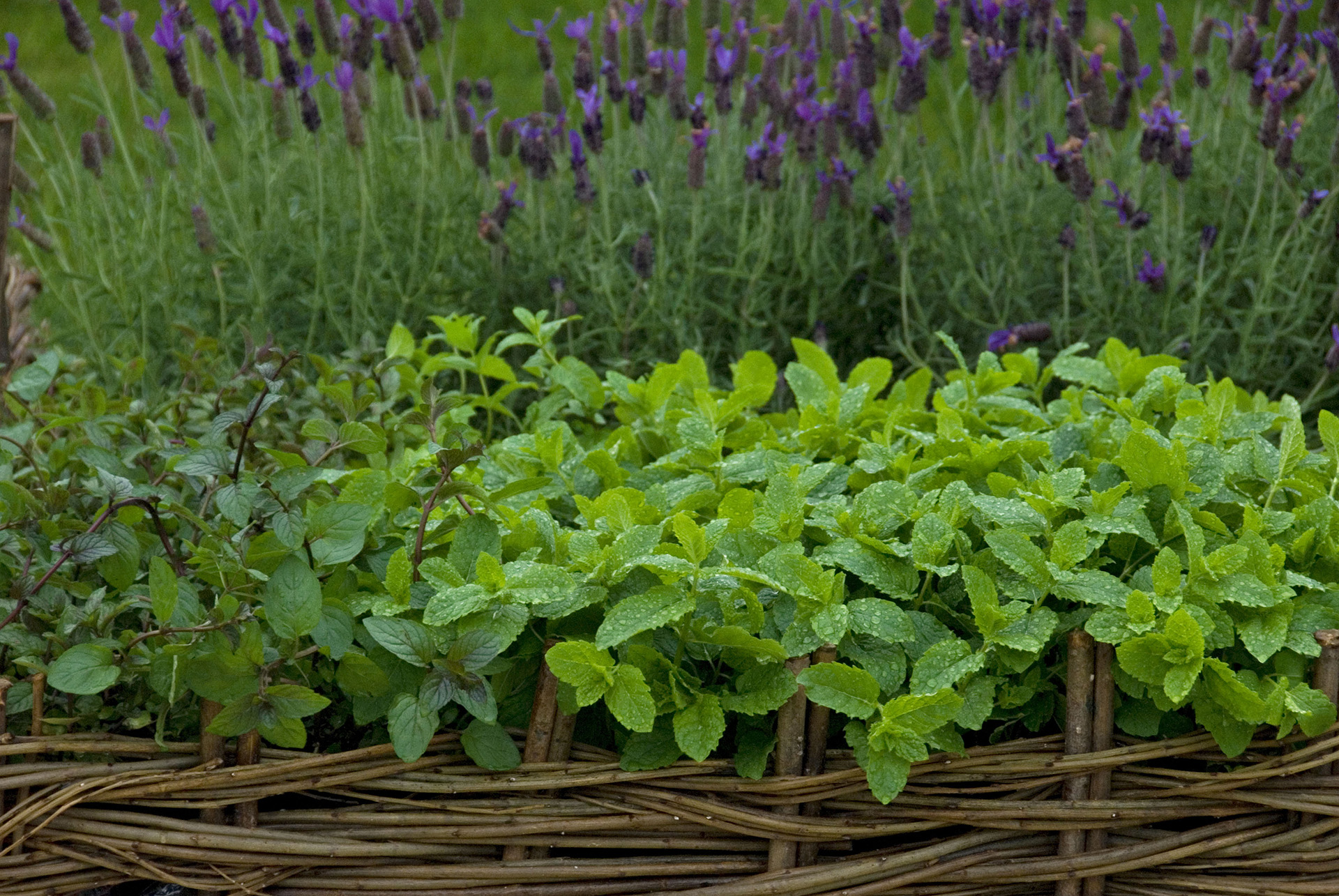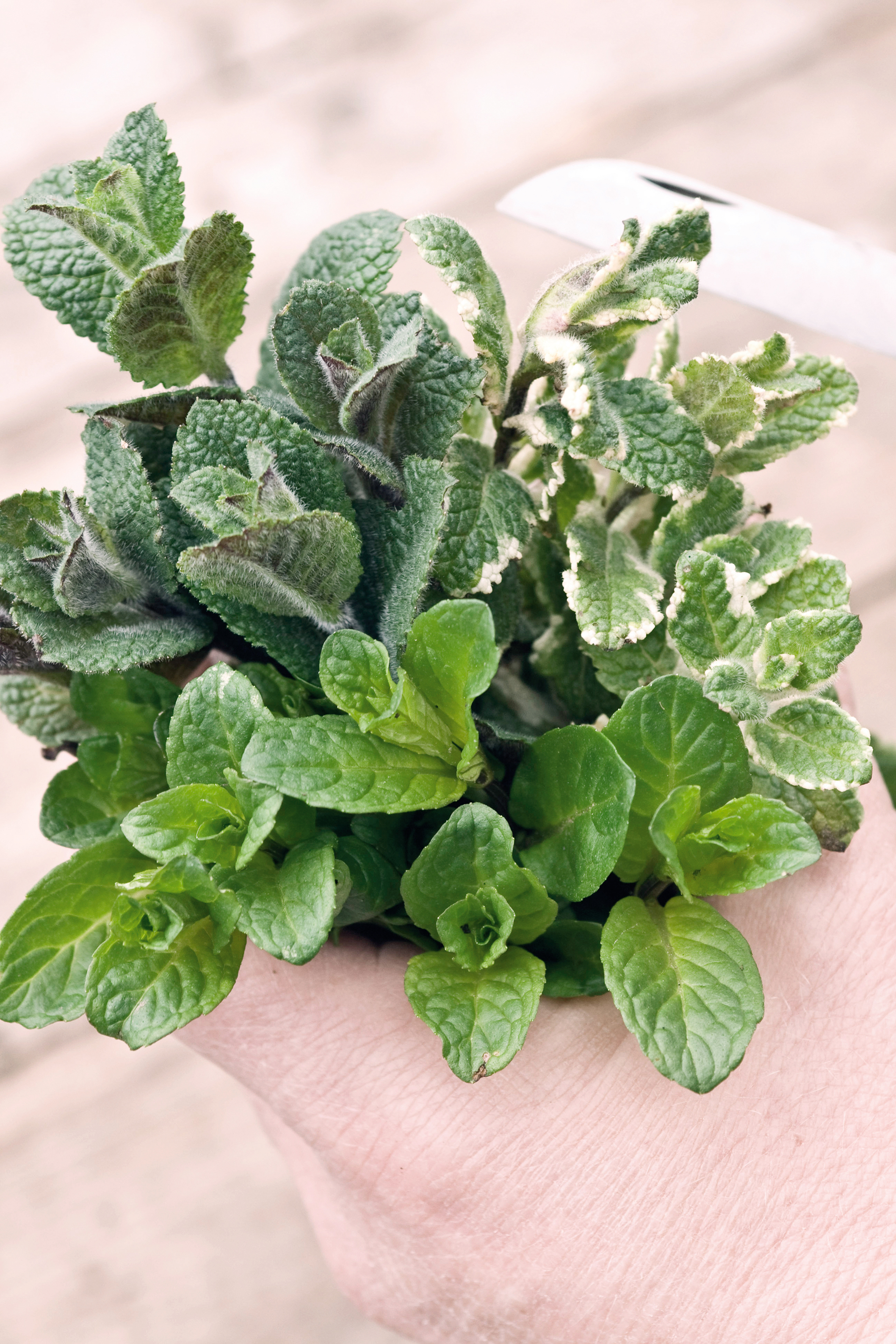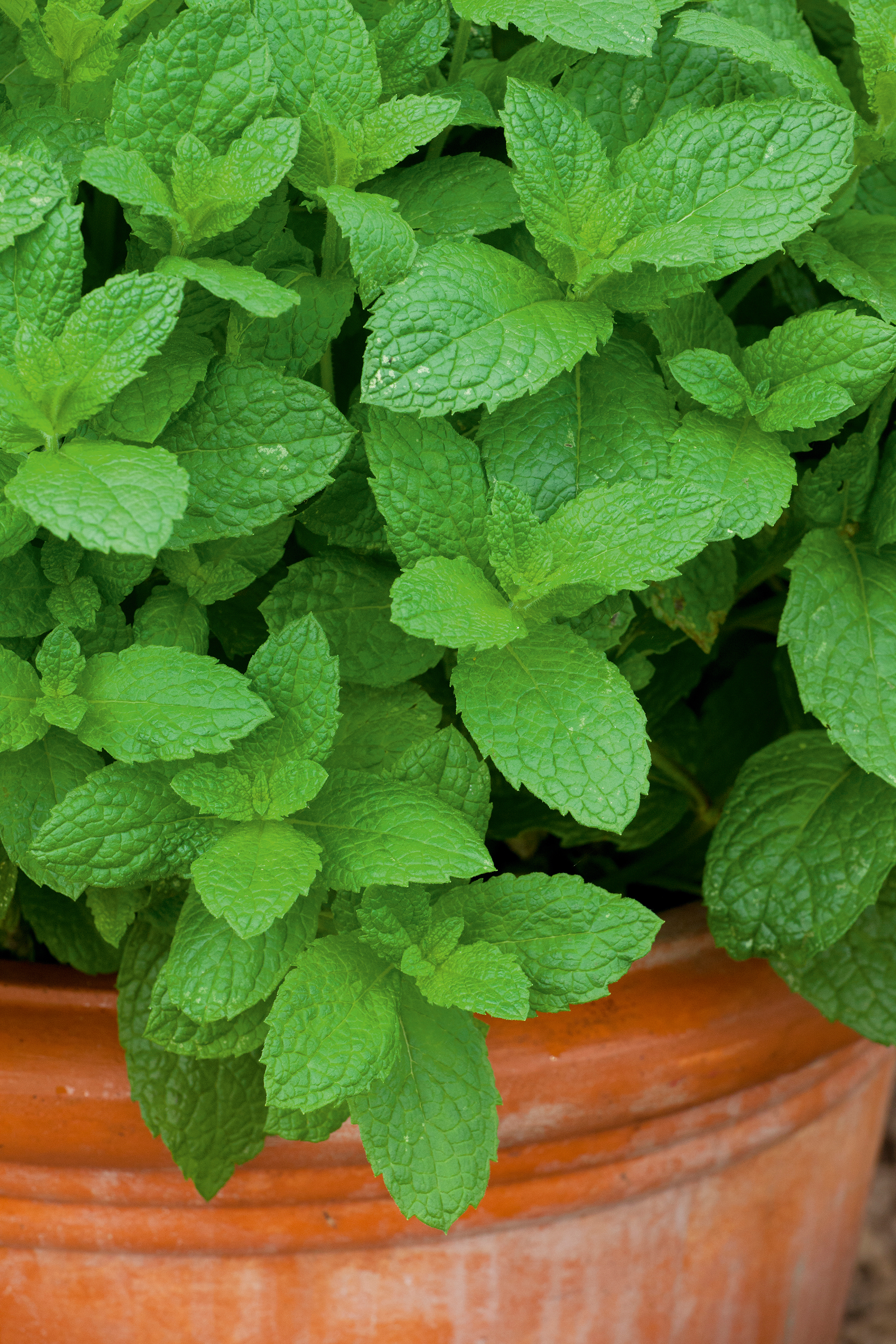How to grow mint – in pots and borders
Find out how to grow mint, whether in borders or pots, and discover how this plentiful herb is the ideal addition to your kitchen garden


Are you wondering how to grow mint? We’re here to help.
Mint is one of the easiest herbs to grow and is extremely versatile as you can use it for cooking, for scent and even for medicinal purposes. It is an essential ingredient in many recipes and is great for enhancing the taste of many dishes, whether it’s chopped into fresh summer salads, added to desserts, or simply popped into the pot with new potatoes. It will also add a refreshing twist to a summer drink and is perfect packed into a mojito for those upcoming summer parties.
Mint is also believed to have medicinal properties and the peppermint variety submerged in hot water and drunk as tea is commonly thought to aid digestion.
Mint is grown for its aromatic scent, too, and is often used by florists for adding extra fragrance to a bouquet – why not try adding some stems to a bunch of flowers picked from your garden?
There are hundreds of mint varieties to grow, each with slightly different properties. Spearmint is most commonly used in cooking, but peppermint is the best to grow for use in mint tea. Knowing how to prune mint is also essential if you want this delicious and versatile herb to be as healthy as possible.
In this guide, we take you through the easy steps to growing mint so that you can have a bountiful crop in your kitchen garden or aromatic garden, all summer long.
How can I grow mint at home?

Mint is an easy herb to grow indoors; it is the perfect herb for the novice gardener and you don’t even need a garden. You can grow mint indoors in a small pot on the windowsill, in containers on the patio, or in a border in the herb garden. Learning how to propagate mint is also an easy way to grow your mint collection.
Mint will grow best planted in a sunny but sheltered spot and in neutral to alkaline free draining soil. However, it is a very forgiving and adaptive plant, so can tolerate shade and dry or damp conditions.
How to grow mint
Mint can be grown from seed, but is easy to propagate from cuttings. In his programme Gardeners World the gardening expert Monty Don recommends growing mint this way, suggesting to ‘get hold of a plant – ideally someone can give you one, or you can buy a plant from a supermarket – then, cut a couple of stems, pop them into water, and, after a few days they will start to grow roots.’
Here's the process in three simple steps:
1. Cut a series of 8cm stems from a mint plant and remove the bottom leaves.
2. Place the stems in a glass of water and position in a sheltered place such as a windowsill – the stems should root in days.
3. Once there is a good network of roots, pot each cutting up into an 8cm pot filled with a mix of compost and grit and grow on.
What is the best way to grow mint?
Without doubt the best way to grow mint is in a container. It is an invasive plant with vigorous rhizomatous roots that spread outwards easily which, if not restricted, can cause the plant to get out of hand and become a weed. To keep the plant under control, mint is best grown in a pot to contain its roots.

‘It even pays to grow mint in a container in a border,’ advises the celebrity gardener Monty Don in his monthly blog. ‘An old bucket with holes in the bottom is ideal as this will allow the roots to grow down as far as they like but to restrict their lateral spread.’
If planting mint in a border, dig a hole big enough to sink a large pot or bucket with drainage holes in the bottom. Place the pot in the hole and infill with a soil and compost mixture, then plant in the mint, firm in well and water.
Does mint grow better inside or outside?
Mint can be grown outside in a border or in containers on a patio, and, even if you don’t have a garden, you can still grow a good crop in pots on a windowsill.
As mint is a herbaceous perennial, if growing outside, then it will die back in winter, although mint is frost-tolerant. If you are growing it outside then it will begin to get straggly at the end of autumn. To prolong its growth, after it has flowered, consider cutting it right back to just above soil level to encourage fresh shoots for fall picking.
Alternatively, in his book The Complete Gardener, Monty Don suggests splitting your plant and potting up a section of root at the end of summer to bring inside or into a greenhouse where the warmer environment will keep the plant growing during the winter months, albeit less vigorously.
Sign up to the Homes & Gardens newsletter
Design expertise in your inbox – from inspiring decorating ideas and beautiful celebrity homes to practical gardening advice and shopping round-ups.

Pippa is a contributor to Homes & Gardens. A graduate of Art History and formerly Style Editor at Period Living, she is passionate about architecture, creating decorating content, interior styling and writing about craft and historic homes. She enjoys searching out beautiful images and the latest trends to share with the Homes & Gardens audience. A keen gardener, when she’s not writing, you’ll find her growing flowers on her yard for styling projects.
-
 I tried the Temptation Method to finally unpack the boxes I'd been ignoring after a stressful house move – I'm relieved it worked so well
I tried the Temptation Method to finally unpack the boxes I'd been ignoring after a stressful house move – I'm relieved it worked so wellWith a pile of unpacked boxes clogging up my home office, it was time to get motivated
By Sophie Warren-Smith
-
 Martha Stewart's nostalgic gray-green kitchen cabinet color is having a revival – and I predict it will be a huge trend in 2026
Martha Stewart's nostalgic gray-green kitchen cabinet color is having a revival – and I predict it will be a huge trend in 2026A timeless choice for the future – there is a lot to love about a serene gray green
By Jennifer Ebert